Try GOLD - Free
Robert Woodrow Wilson - “Dicke put the phone down and said… ‘Boys, we’ve been scooped!’”
All About Space UK
|Issue 133
When radiation left over from the heat of the Big Bang was discovered by astronomers Robert Wilson and Arno Penzias in 1964, it caused a revolution in cosmology. All About Space catches up with the Nobel prizewinning Wilson to uncover just how much

BIO
Robert Woodrow Wilson
An American radio astronomer, Robert Wilson graduated from Rice University in Houston before completing his graduate work with the California Institute of Technology. Wilson and fellow astronomer Arno Penzias jointly won the Nobel Prize in Physics for their discovery of the Cosmic Microwave Background (CMB), and they also won the Henry Draper medal of the National Academy of Science in 1977. Wilson worked at Bell Laboratories until 1994, when he was named a senior scientist at the Harvard-Smithsonian Center for Astrophysics in Cambridge, Massachusetts, where he is based today.

What were the origins of radio astronomy at Bell Labs? I like to start the story in 1928. That was the year Bell Laboratories hired people of interest to us, Art Crawford and Karl Jansky. Karl was tasked with understanding the sources of noise on a proposed transatlantic short wave radio-telephone circuit. He built a large, rotating, directional antenna and sensitive radio receiver and recorded his output for a long time. In addition to thunderstorms and man-made noise, just like old AM radios used to produce, he found a hiss of noise that repeated every day. In 1933, after several years of observation, he identified the source as the centre of our galaxy. This started the science of radio astronomy.

This story is from the Issue 133 edition of All About Space UK.
Subscribe to Magzter GOLD to access thousands of curated premium stories, and 9,500+ magazines and newspapers.
Already a subscriber? Sign In
MORE STORIES FROM All About Space UK
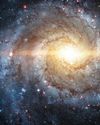
All About Space UK
MYSTERIES OF THE UNI WHERE ARE ALL THE SPIRAL GALAXIES?
There are far fewer spiral galaxies than elliptical ones in the Supergalactic Plane, and scientists are keen to discover why
7 mins
Issue 161
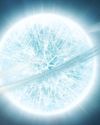
All About Space UK
ZOMBIE STARS
+10 OTHER TERRIFYING SPACE OBJECTS
8 mins
Issue 161
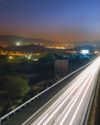
All About Space UK
HOW TO BEAT LIGHT POLLUTION
Thought it was impossible to observe the wonders of the night sky from towns and cities? Think again. Follow our tips and tricks on successfully observing through sky glow
2 mins
Issue 161
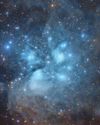
All About Space UK
15 STUNNING STAR CLUSTERS
These beautiful stellar groupings are spattered across the cosmos
8 mins
Issue 161
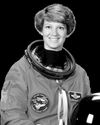
All About Space UK
Eileen Collins "It was a difficult mission...we were the first to see Mir"
Having served as both the first female pilot and first female commander of NASA's Space Shuttle, Collins boosted the involvement of women in space exploration to a whole new level
9 mins
Issue 161
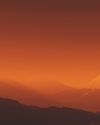
All About Space UK
MARS LEAKS FASTER WHEN IT'S CLOSER TO THE SUN
The Red Planet has lost enough water to space to form a global ocean hundreds of kilometres deep
2 mins
Issue 161
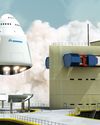
All About Space UK
FUTURE TECH KANKOH-MARU
This ambitious reusable spacecraft will be capable of taking 50 people to and from orbit
2 mins
Issue 161
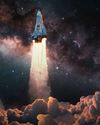
All About Space UK
THE FINAL FRONTIER
Beyond the reach of the Sun is a fascinating region of the cosmos that were only just beginning to explore
8 mins
Issue 161
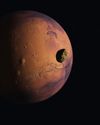
All About Space UK
A long-lost moon could explain Mars' weird shape and extreme terrain
A long-lost moon could explain why Mars is so different from the other rocky planets in the Solar System. Today Mars has two tiny moons.
2 mins
Issue 161
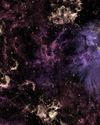
All About Space UK
A sprinkling of cosmic dust may have helped kick-start life on Earth
Cosmic dust may have helped kick-start life on Earth. New findings challenge a widely held assumption that this wasn't a plausible explanation.
3 mins
Issue 161
Translate
Change font size
